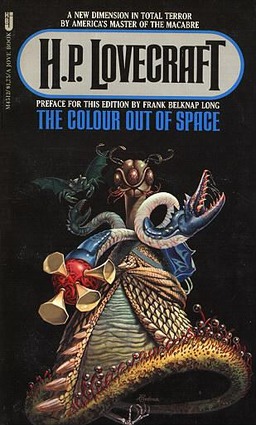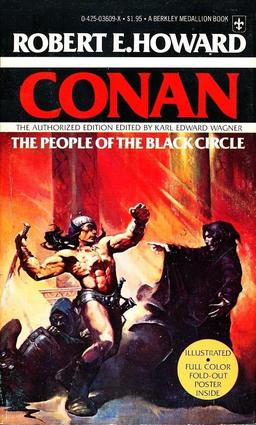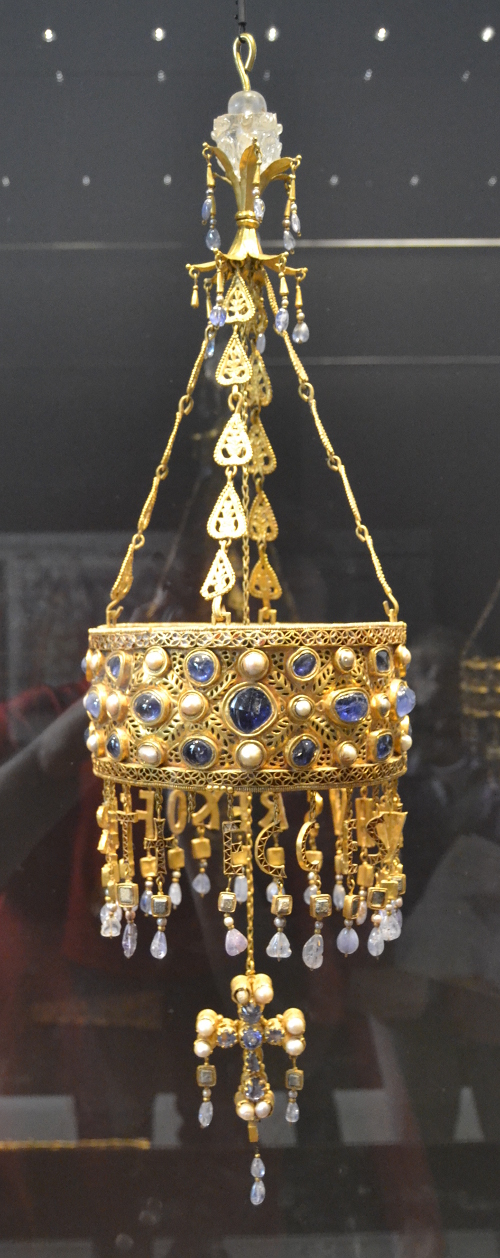Too Grand a Vision: A Review of Jodorowsky’s Dune
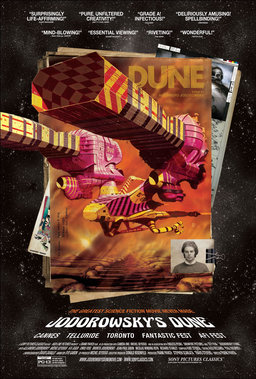 Frank Herbert’s groundbreaking 1965 novel Dune is still rightly considered one of the greatest sci-fi novels ever. This majestic novel justly won the 1966 Hugo award and the first ever Nebula in 1965. As fans of Dune know, it’s a book (and a series) dealing with a host of interesting and complex philosophical and religious concepts.
Frank Herbert’s groundbreaking 1965 novel Dune is still rightly considered one of the greatest sci-fi novels ever. This majestic novel justly won the 1966 Hugo award and the first ever Nebula in 1965. As fans of Dune know, it’s a book (and a series) dealing with a host of interesting and complex philosophical and religious concepts.
If you haven’t read Herbert’s original novel, then perhaps you’re familiar with David Lynch’s infamous 1984 movie version of Dune. (Oh James, please don’t go there!) This was an early letdown — something that us genre fans are unfortunately far too familiar with by now — and was quite a bomb. (Personally, I think there are some elements of that movie that are quite good.)
One of the most interesting things about the theatrical version of Dune is its “development hell” history. For example, were you aware that after the Hollywood execs edited the movie the way they wanted, David Lynch refused to have his name attached to the movie and early cuts claim to be directed by Alan Smithee?
But even before any of that, you also may not know that Dune had been vigorously pursued as a possible movie by a Chilean surrealist filmmaker named Alejandro Jodorowsky.
Never heard of Jodorowsky? Few have. I personally was familiar with his name from behind-the-scene footage and documentary interviews on DVD extras. Jodorowsky’s name often comes up in discussions about the making of Ridley Scott’s 1979 movie Alien or his 1982 Blade Runner.

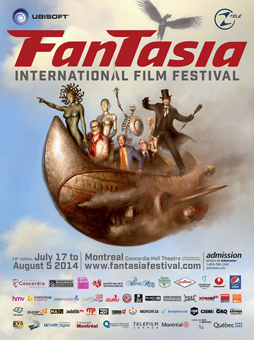 Last night’s opening film at the seventeenth
Last night’s opening film at the seventeenth 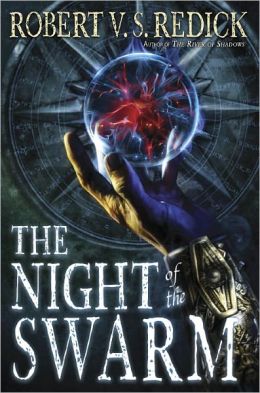
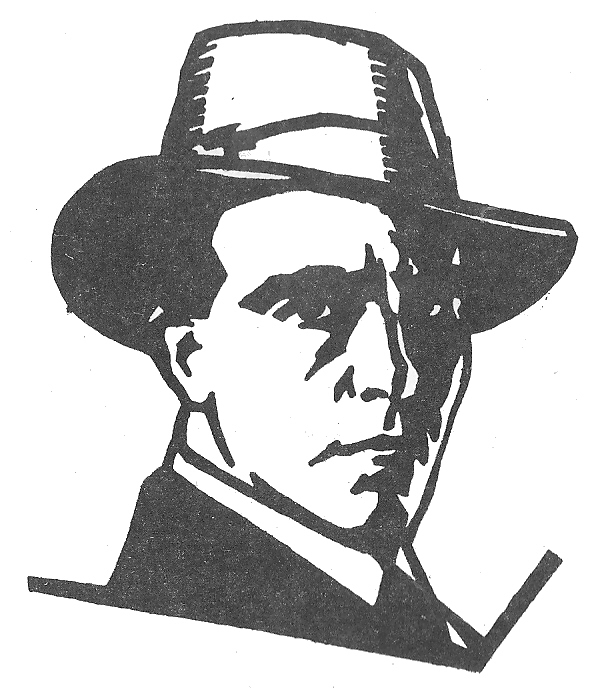
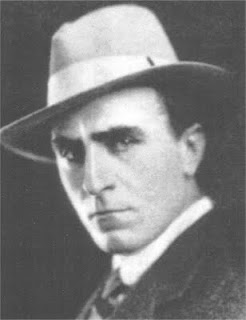
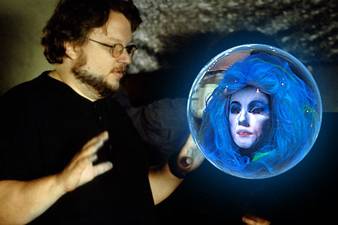
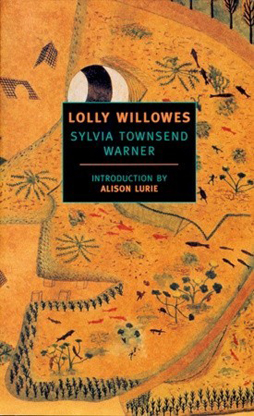 Sylvia Townsend Warner is probably best known in fantasy circles for The Kingdoms of Elfin, her collection of linked short stories from 1977. I’ve been looking for a copy of that book, but have yet to locate one (using the Internet, I firmly feel, is cheating). But I did recently come across her debut novel, 1926’s Lolly Willowes, or the Loving Huntsman. It’s been described as a deal-with-the-devil story in which a middle-aged Englishwoman makes a Satanic pact and becomes a witch. That’s accurate, but not necessarily the best description.
Sylvia Townsend Warner is probably best known in fantasy circles for The Kingdoms of Elfin, her collection of linked short stories from 1977. I’ve been looking for a copy of that book, but have yet to locate one (using the Internet, I firmly feel, is cheating). But I did recently come across her debut novel, 1926’s Lolly Willowes, or the Loving Huntsman. It’s been described as a deal-with-the-devil story in which a middle-aged Englishwoman makes a Satanic pact and becomes a witch. That’s accurate, but not necessarily the best description.